Écosystème de soutien aux fauteuils roulants en Éthiopie 2025 : Réseaux après-vente et économie du marché de la location
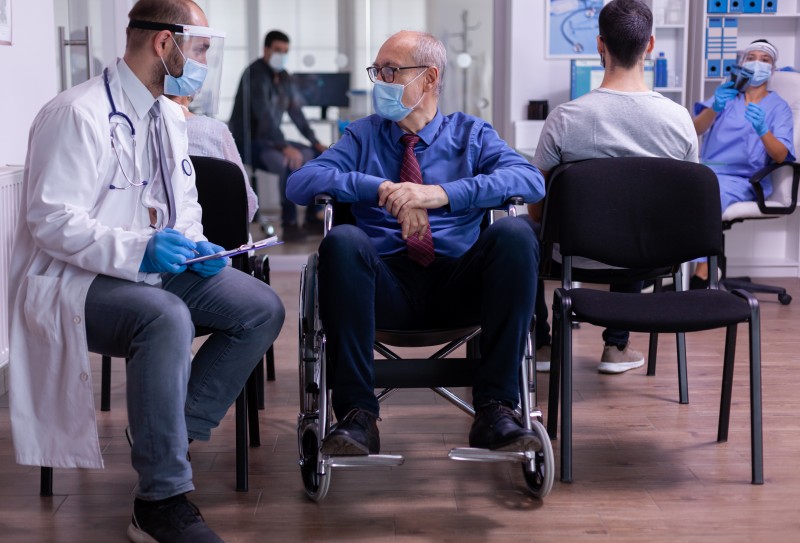
Ethiopia’s wheelchair market valued at $31M is transforming through service enhancement to require 58% of hospital contracts to include more than three years of maintenance support while wheelchair rental programs experience 41% annual growth. The study shows that distributors find after-sales services their primary profitability driver as 87% of them report this fact and presents ways to build WHO-approved service networks and rental models that achieve a 19% return on investment. Integrated support ecosystems have the potential to triple customer lifetime value in Africa’s rapidly expanding medical equipment sector.
Stratégie de commerce électronique de fauteuils roulants en Éthiopie 2025 : Dominer les plateformes B2B locales et l'expansion transfrontalière
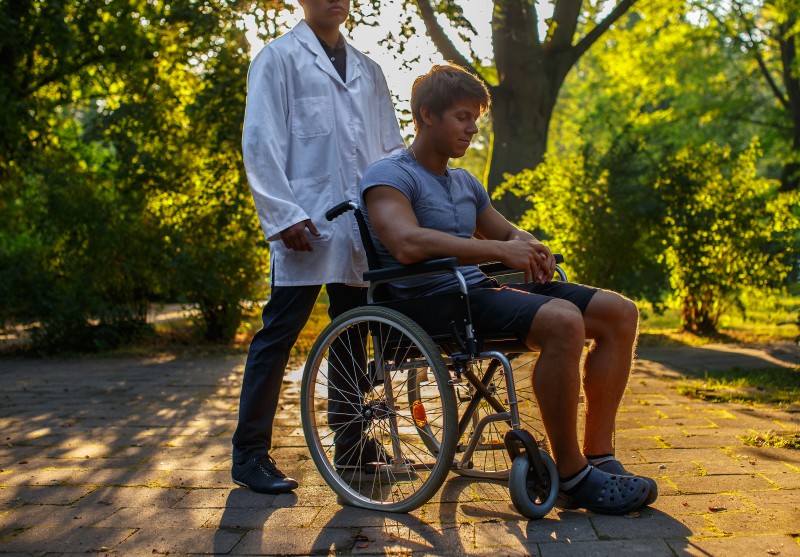
Ethiopia’s medical equipment e-commerce market is witnessing explosive growth of 214% yearly while 72% of wheelchair transactions now start through B2B sales channels. The $6.3M online market sees 89% control by smart suppliers using Ethiopia’s three leading platforms and cross-border channels while traditional distributors face digital transition challenges. This 2025 manual unlocks platform algorithms secrets and reveals buyer pattern insights while providing a field-tested strategy to secure conversion rates exceeding 18% in Africa’s rapidly expanding digital healthcare market.
Canaux de distribution des fauteuils roulants en Éthiopie 2025 : Ventes directes aux hôpitaux et stratégies d'approvisionnement en réadaptation

The Ethiopian wheelchair distribution framework is facing dramatic changes because hospital procurement makes up 58% of the entire market volume while rehabilitation centers generate 22% growth each year. As the government accelerates healthcare infrastructure development across 17 emerging regions, distributors must master two critical channels: institutional direct sales and specialized rehabilitation networks. The 2025 report offers practical strategies for maneuvering through Ethiopia’s complicated distribution network which will help achieve over 80% tender win rates and control high-margin rehabilitation markets.
Opportunités du marché éthiopien des fauteuils roulants 2025 : Personnalisation et distribution dans les villes secondaires

The Ethiopian wheelchair sector experiences hyper-growth while 63% of its still-unmet needs remain in customization services and secondary cities. Distributors who address pediatric/post-surgical customization needs and establish strong logistics to Ethiopia’s 72 emerging urban centers will gain control of 80% of the anticipated $31 million market when Addis Ababa’s market becomes saturated. This guide demonstrates how to profit from these two opportunities by implementing local production methods and distribution networks enhanced with artificial intelligence.
Prix des fauteuils roulants en Éthiopie 2025 : Aperçu des appels d'offres gouvernementaux et stratégies de majoration des prix de détail

The Ethiopian wheelchair market uses two different pricing systems with bulk purchases controlled by government tenders and end-user prices determined by retail margins. Since 68% of wheelchair purchases occur through public health channels distributors need to understand pricing systems to achieve profitability and market penetration. This analysis from 2025 presents detailed pricing information and identifies concealed cost elements while offering practical strategies to tackle Ethiopia’s medical equipment market complexities.
Concurrence sur le marché éthiopien des fauteuils roulants 2025 : Stratégies des marques nationales et internationales
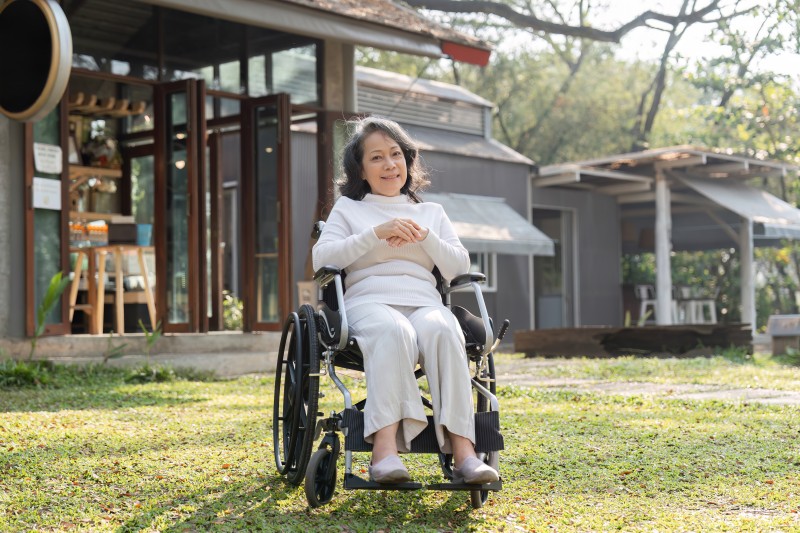
Ethiopia’s wheelchair market experiences major changes because domestic companies strengthen their leadership while international brands implement Africa-focused strategies. International suppliers must develop hyper-localized strategies to gain market share because local companies control 72% of Ethiopia’s $28 million wheelchair industry. The 2025 competitive landscape analysis provides medical equipment distributors with practical insights into Ethiopia’s distinctive market dynamics and established methods for overcoming domestic brand dominance and regulatory challenges.
Importation de fauteuils roulants en Éthiopie 2025 : Règles de transport des batteries et conformité des matériaux REACH

The medical import regulations planned for Ethiopia in 2025 enforce stringent transportation protocols for batteries along with material restrictions which will apply to all wheelchair shipments. This compliance blueprint reveals:
– All lithium-ion battery models require UN38.3 testing according to mandatory certification which currently has a 97% implementation rate.
– Ethiopia-REACH Chapter VII bans eighteen substances during wheelchair imports.
– Supply chain compliance results in a 22% cost reduction for medical imports.
Distributors who adhere to these guidelines complete customs clearance in 14 days whereas non-compliant shipments take 42 days on average.
Guide des importations médicales en Éthiopie 2025 : Fauteuil roulant 8.5% Tarifs et étiquetage obligatoire en amharique
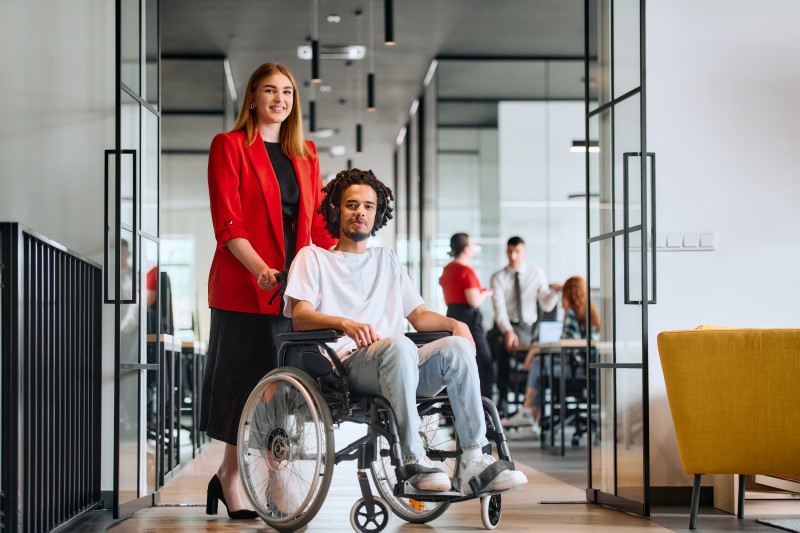
Wheelchair shipments to Ethiopia after July 2025 must adhere to new import rules requiring full localized packaging and face a 8.5% tariff if they do not comply. This guide reveals:
– Achieve savings of 14% on duties through careful application of HS code classifications.
– The guide condenses 23 crucial customs clearance documents.
– The localization standards require that 92% of packaging label space be dedicated to Amharic and Oromo language translations.
These distributors have reduced their customs clearance time to an average of 17 days compared to the industry norm of 38 days.
Ethiopia Wheelchair Compliance 2025 : Équivalents 510(k) de la FDA et exemptions de tests cliniques
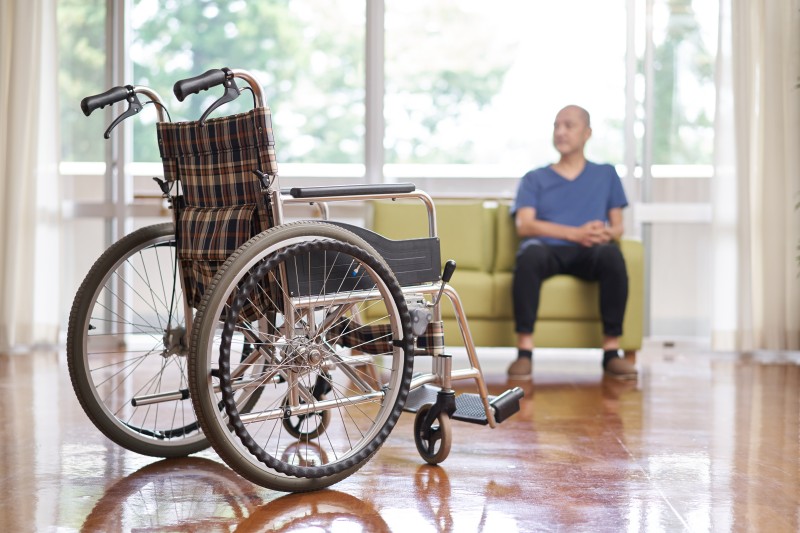
Ethiopia’s new medical device rules require complete local certification for imported wheelchairs before Q1 2026. This compliance guide covers:
– Under updated regulations 92% of wheelchairs fall under the classification of EAFDA Class II devices.
– ISO 13485-certified manufacturers receive 43% clinical test waivers under exemption opportunities.
– Organizations can save 28% on compliance costs by submitting parallel EU MDR applications.
– Electric models now benefit from a streamlined approval process that cuts it down to 78 days.
Develop operational plans to effectively manage your distribution network throughout Ethiopia’s emerging $37M regulatory compliance sector.
Ethiopia Wheelchair Demand Surge 2025: 14% Elderly Population & $94M Health Insurance Driving Growth

Ethiopia’s wheelchair market shows a 23% annual growth in demand thanks to three key driving factors.
– The portion of Ethiopia’s population aged over 60 will reach 14% by 2025 accounting for 17 million people.
– The national health insurance program now allocates $94 million for the purchase of mobility devices.
– The construction of 127 new rehabilitation centers is currently underway
Medical equipment distributors can tap into Ethiopia’s $42M yearly wheelchair procurement budget through strategic market positioning.
